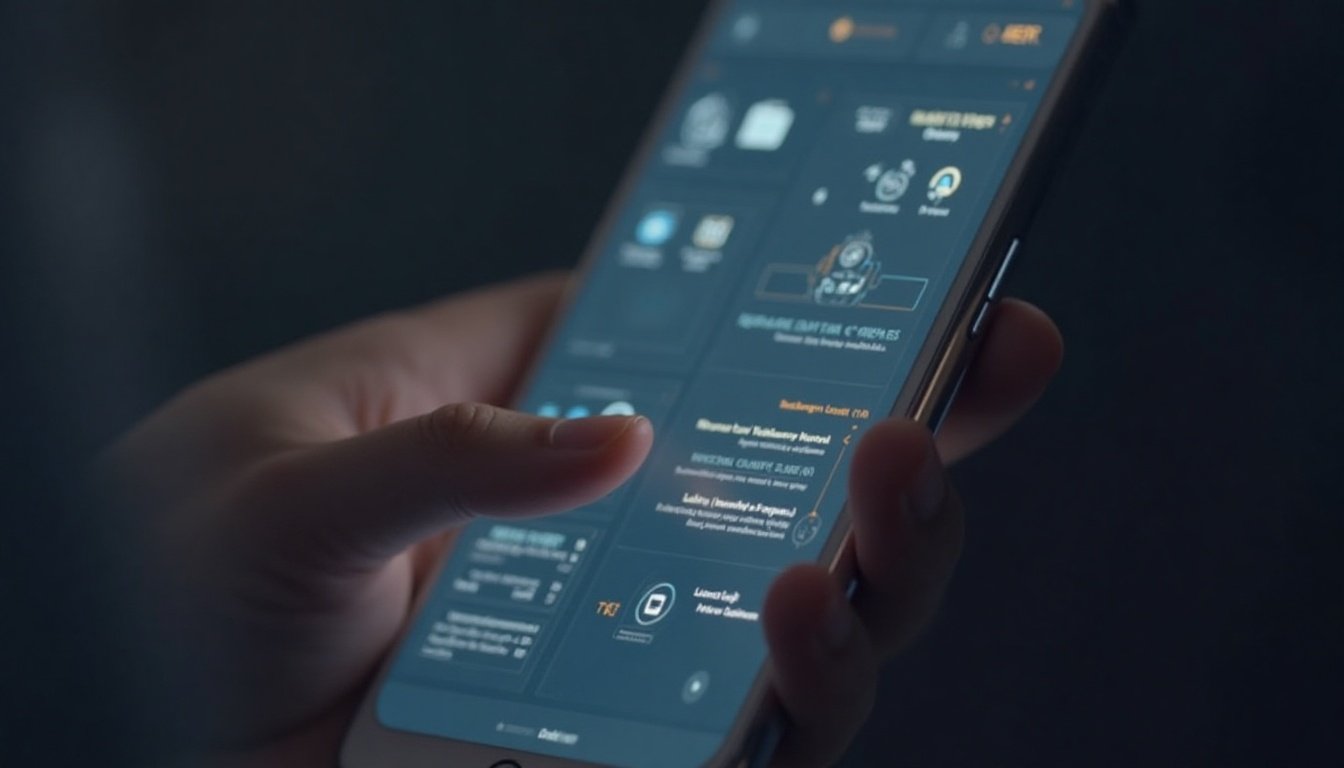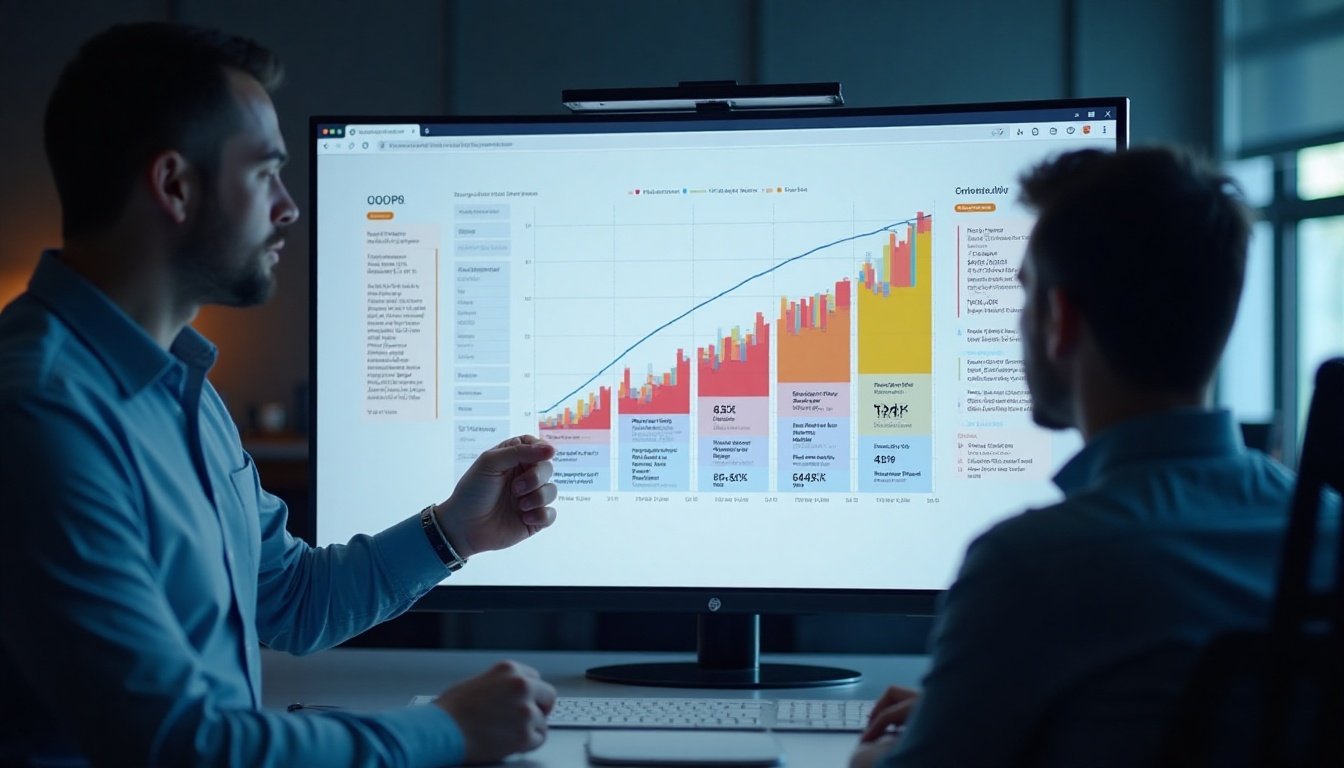In the fast-evolving world of mobile apps, user interface (UI) design plays a crucial role in engagement, retention, and overall user satisfaction. As we step into 2025, new trends and technologies are shaping how designers create intuitive and visually appealing mobile experiences.
Whether you’re a developer, designer, or product manager, staying updated with the latest UI best practices is essential. In this guide, we’ll explore the top mobile app UI design best practices for 2025 to help you build apps that stand out.
1. Prioritize Minimalist & Clean Interfaces
Less is more in 2025. Users prefer clean, clutter-free designs with ample white space, clear typography, and intuitive navigation.
✅ Best Practices:
-
Use a max of 2-3 fonts for consistency.
-
Limit color palettes to 3-5 primary colors.
-
Avoid overcrowding screens with unnecessary elements.
2. Dark Mode & Adaptive Themes
Dark mode remains a favorite due to its reduced eye strain and battery efficiency (especially on OLED screens). However, adaptive themes that adjust based on user preference or time of day are gaining traction.
✅ Best Practices:
-
Offer dark/light mode toggle.
-
Ensure readability with proper contrast ratios (4.5:1 minimum).
-
Use dynamic theming (e.g., auto-switching based on ambient light).
3. AI-Powered Personalization
AI is transforming UI by offering personalized experiences based on user behavior.
✅ Best Practices:
-
Implement AI-driven recommendations (e.g., Netflix-style suggestions).
-
Use predictive UI elements (e.g., auto-fill actions based on habits).
-
Allow customizable dashboards (users rearrange UI elements).
4. Micro-Interactions & Haptic Feedback
Small animations and touch responses make apps feel more responsive and engaging.
✅ Best Practices:
-
Add subtle button animations (e.g., ripple effects).
-
Use haptic feedback for key actions (e.g., successful payment confirmation).
-
Ensure micro-interactions are fast (<300ms) to avoid delays.
5. Voice & Gesture-Based Navigation
With voice assistants (Siri, Google Assistant) and foldable phones, hands-free and gesture-based controls are rising.
✅ Best Practices:
-
Support voice commands for key functions.
-
Optimize for swipe gestures (e.g., back navigation, quick actions).
-
Test UI on foldable & multi-screen devices.
6. Augmented Reality (AR) Integration
AR is no longer just for gaming—retail, real estate, and education apps are using it for immersive experiences.
✅ Best Practices:
-
Use AR for product previews (e.g., virtual try-ons).
-
Ensure lightweight AR experiences to avoid lag.
-
Provide clear instructions for AR interactions.
7. Accessibility-First Design
An inclusive UI ensures all users, including those with disabilities, can navigate your app effortlessly.
✅ Best Practices:
-
Follow WCAG 2.2 guidelines.
-
Use alt text for images and proper heading structures.
-
Support screen readers & keyboard navigation.
8. Cross-Platform Consistency (Flutter, SwiftUI, Jetpack Compose)
With Flutter, SwiftUI, and Jetpack Compose, maintaining consistent UI across iOS & Android is easier than ever.
✅ Best Practices:
-
Use adaptive components (e.g., different navigation bars for iOS/Android).
-
Test on multiple screen sizes & resolutions.
-
Keep branding consistent while respecting platform guidelines.
9. Fast Loading & Performance Optimization
A beautiful UI means nothing if the app is slow.
✅ Best Practices:
-
Optimize image sizes (WebP/AVIF formats).
-
Use lazy loading for heavy content.
-
Minimize unnecessary animations that cause lag.
10. Privacy-Centric UI
With stricter data privacy laws (GDPR, CCPA), users demand transparency.
✅ Best Practices:
-
Clearly explain permission requests.
-
Provide easy opt-out options.
-
Use minimal data collection principles.
Final Thoughts
Mobile app UI design in 2025 is all about simplicity, personalization, and immersive experiences. By following these best practices, you can create apps that are visually stunning, highly functional, and user-friendly.




